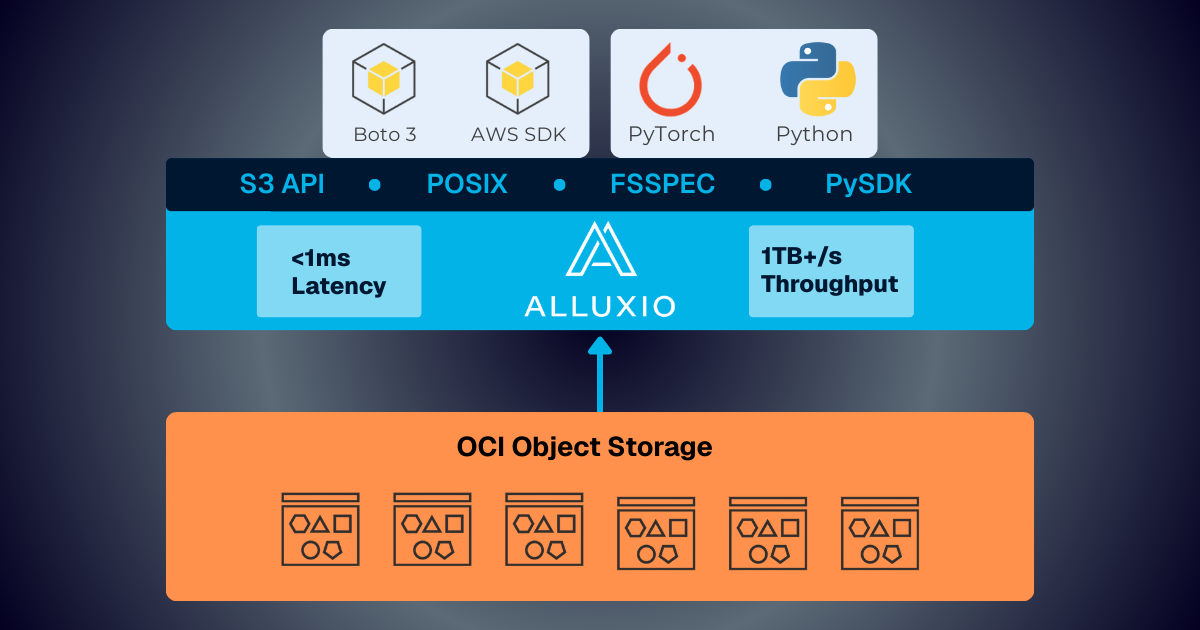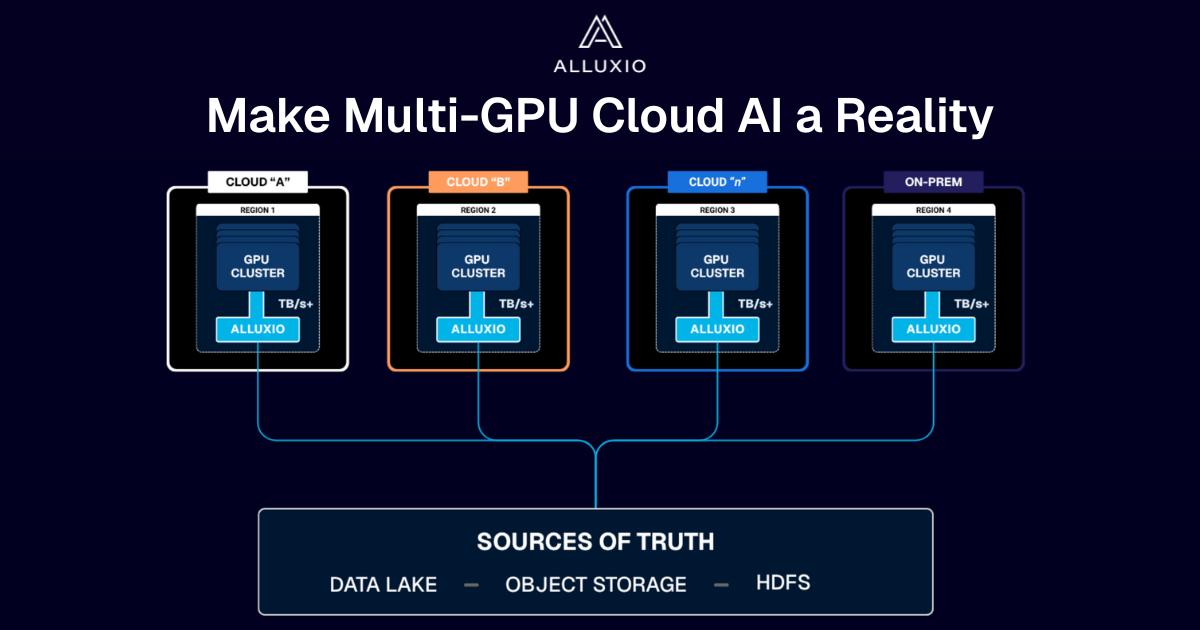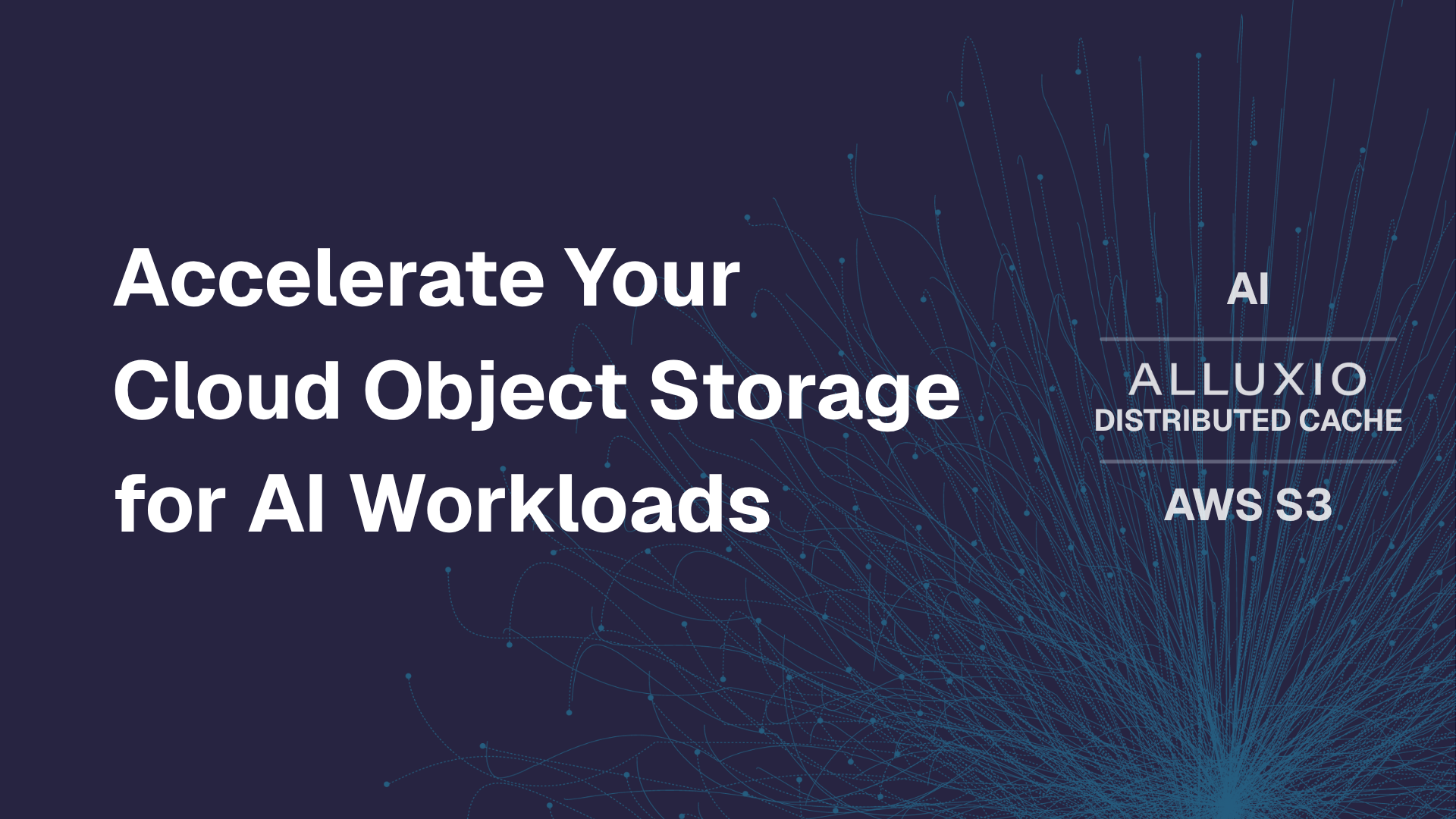Products
From Cache to Cash: Introducing NFT for Data Orchestration
April 1, 2022

NFT or Non-fungible token is “a non-interchangeable unit of data stored on a blockchain, a form of digital ledger, that can be sold and traded” according to wikipedia. Roughly speaking, it refers to a digital certificate of some piece of data, which is unique and can’t be replaced with something else ensured by modern blockchain technology.
Why NFT?
NFTs have been commonly used to exchange digital tokens linking to files (for example, profile icons created by digital artists). As it is gaining massive popularity in the public, Alluxio community start to see the fast-growing demand to enable creating NFTs as the certificate of data stored in Alluxio, which users can track the ownership of the data, and further exchange the ownership on the market with financial rewards.
NFT and Data Orchestration
So how does this all work indeed? Well, remember that Alluxio provides a unified namespace of the underlying distributed file system like HDFS or object storage like AWS S3 or Ceph. This means essentially Alluxio provides creators with the flexibility of storing their unique content, as a collection of files or objects, anywhere. To learn more about the unified file system namespace, please refer to our documentation.
Other than unifying underlying storage, Alluxio also provides light-speed access to buyers who access the unique content from the marketplace. Each time when the content is accessed, Alluxio’s distributed caching will retrieve the underlying content on-demand.

We have successfully tested using 100 instances and performed the industry standard TPC-DS benchmark and have achieved 100000x performance compared with traditional solutions. There has never been another system that has achieved this kind of performance before.
Get Started
To use this new NFT feature, you need to specify the NFT market, the blockchain to use. Once a new file content is created, its corresponding NFT will also be created as a part of its metadata creation on Alluxio master.
For example, one can run the following command to create a NFT for any Alluxio file (e.g., alluxio://my/fav/icon in this example), with ethereum chosen as the blockchain you wish to mint your NFT on:
bin/alluxio nft create --blockChain eth --market <NFT market> alluxio://my/fav/icon
Note that, this command may return a NFTAlreadyExistsException which indicates that someone has created an NFT on this file unfortunately.
What’s Next?
Supporting NFT is the first step for the Alluxio community to embrace the emerging distributed, decentralized blockchain technology. We are also working on storing Alluxio file system journal on a blockchain to provide Byzantine fault tolerance compared to the current Raft-based embedded journal storage system.
Join us if you are excited about building the next generation of data platform and defining the future of data technologies!
.png)
Blog

Alluxio and Oracle Cloud Infrastructure: Delivering Sub-Millisecond Latency for AI Workloads
Oracle Cloud Infrastructure has published a technical solution blog demonstrating how Alluxio on Oracle Cloud Infrastructure (OCI) delivers exceptional performance for AI and machine learning workloads, achieving sub-millisecond average latency, near-linear scalability, and over 90% GPU utilization across 350 accelerators.

Make Multi-GPU Cloud AI a Reality
If you’re building large-scale AI, you’re already multi-cloud by choice (to avoid lock-in) or by necessity (to access scarce GPU capacity). Teams frequently chase capacity bursts, “we need 1,000 GPUs for eight weeks,” across whichever regions or providers can deliver. What slows you down isn’t GPUs, it’s data. Simply accessing the data needed to train, deploy, and serve AI models at the speed and scale required – wherever AI workloads and GPUs are deployed – is in fact not simple at all. In this article, learn how Alluxio brings Simplicity, Speed, and Scale to Multi-GPU Cloud deployments.

